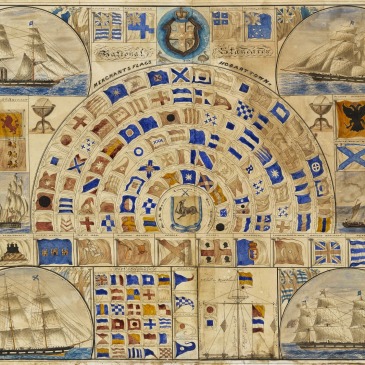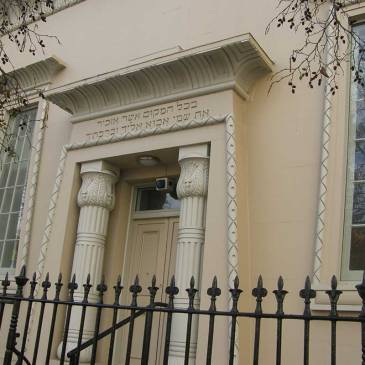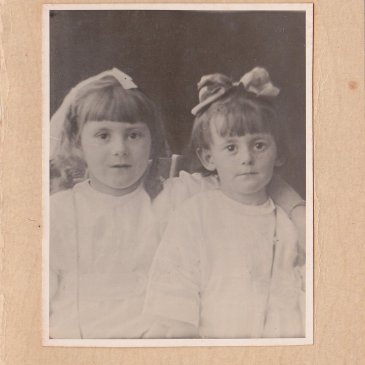“The Flying Squadron arrived at Hobart Town on Sunday 2nd January. The Squadron consists of H.M.S. Liverpool, 30 gun steam, frigate, 2,056 tons; -H.M.S. Endymion, 21-gun steam frigate, 2,480 tons; H.M.S Scylla, 10-gun steam- corvette 1,467 tons; H.M.S. Liffey, 30-gun steam frigate, 2,654 tons; H.M.S. Barrosa, 17-gun steam corvette, 1,700 tons; H.M.S. Pheobe, 30-gun steam frigate, 2,800 tons. Large numbers of spectators assembled in various spots to watch the little fleet coming up the harbour under full sail. His Excellency the Governor and suite paid a visit to Rear-Admiral Hornby on board the Liverpool. During the stay of the Squadron, the vessels were thrown open for public inspection and thousands of persons availed themselves of the opportunity. The Liverpool was of course the ship which attracted the greatest number of visitors. The officers had a gay time of it during their eight days stay. They were entertained by the Governor to several dinner parties, to a grand ball at Government House, to a lawn party at the same place, followed by an old colonists’ ball, a regatta, a cricket match, in which both the Governor and Admiral Hornby took part, concerts theatrical entertainments, a picnic at Fern Tree Gully, &c., so that time did not by any means hang heavily on their hands, and they must have left the “tight little island” with the impression that they had a jolly time of it, and had been exceedingly well treated….” … More Thomas Nevin, Sam Clifford and the Flying Squadron at Hobart, January 1870










































You must be logged in to post a comment.